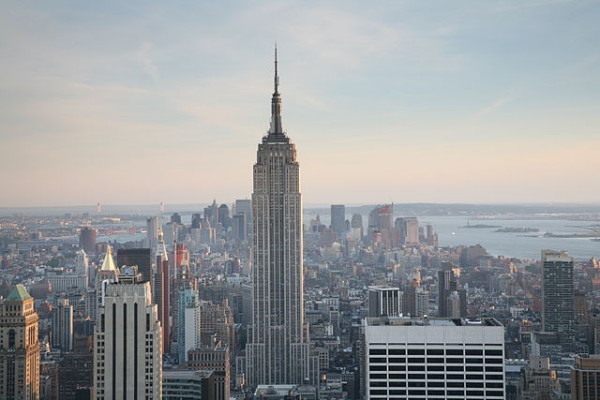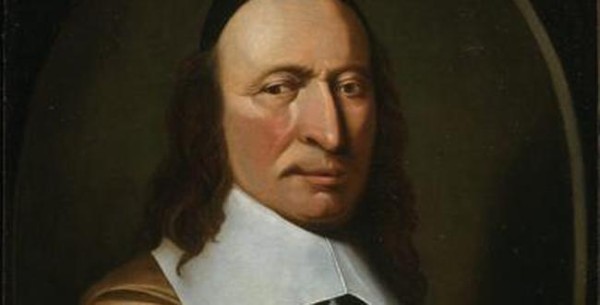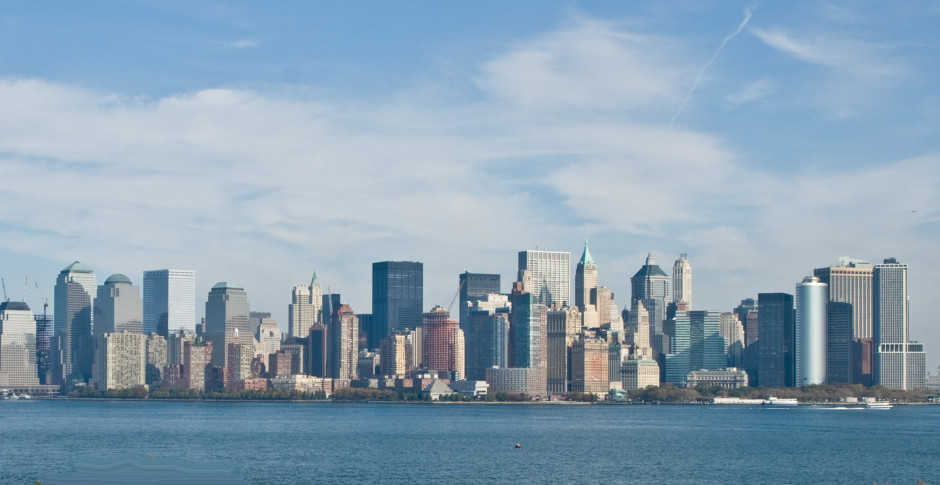If you’re like me, you adore New York City. It’s a wonderful town, as the song goes. New York has it all — great neighborhoods, world-class museums, theaters, restaurants and cafes, and a grand assortment of sylvan parks, the finest of which is Central Park.
Unless you’ve been there many times and know the city intimately, you’ll need a reliable guidebook to navigate its endless array of streets.
Here’s where the fourth edition of the National Geographic’s New York guide comes into play. It’s concise yet bursting with information, and it will serve you well as a global positioning system, so to speak.

The first introductory pages provide an overview of a city that supposedly never sleeps. Among the essential sights listed are the Statue of Liberty, Chinatown, Rockefeller Center, Fifth Avenue, Times Square, the Empire State Building, Greenwich Village and the Metropolitan Museum of Art.
You’ll probably need two full days, or more, to do these places a modicum of justice.
The subsequent pages deal with New York’s history and culture. The first permanent settlement in Manhattan was founded in the early 17th century, and New York has not stopped growing since then. And as you’ll discover, New York’s art scene is priceless.
For easy reference, New York is divided by districts: Lower Manhattan, the Villages, Midtown South, Midtown North, Upper East Side, Central Park, Upper West Side, Harlem and the Outer Boroughs.
At the back of the book are listings for hotels, restaurants and shopping. An index wraps it all up.
New York is illustrated with color photographs and useful maps, including a schematic map of the excellent transit system.
New York City always beckons visitors, and with New York in hand, your visit should be all the more satisfying.
***
New York City is a polyglot, inhabited by an infinite variety of people, from the British and the Irish to the Chinese and the Italians.
Since the mid-17th century, Jews have been a component of its population, and for at least a century, New York has had the largest concentration of Jews in the United States.
The Jewish connection with New York City is expertly described in City of Promises: A History of the Jews in New York, a three-volume boxed set edited by Deborah Dash Moore and published by New York University Press.
In volume one, Haven of Liberty, Howard Block writes of the period from 1654 to 1865. In volume two, Emerging Metropolis, Annie Pollard and Daniel Soyer take the story to 1920. In the third and final volume, Jews in Gotham, Jeffrey Gurock takes it up to 2010.

The first Jews to land in what was then the Dutch colony of New Amsterdam were 23 Jewish settlers who had fled the Dutch outpost of Recife, Brazil, after its fall to Portugal. Little did they know that its leader, Peter Stuyvesant, was an antisemite. From this inauspicious beginning, a vibrant Jewish community arose.
City of Promises: A History of the Jews in New York is billed as the first comprehensive book on the subject. It’s certainly a definitive work of scholarship that should stand the test of time.
